1. Lite-Brite
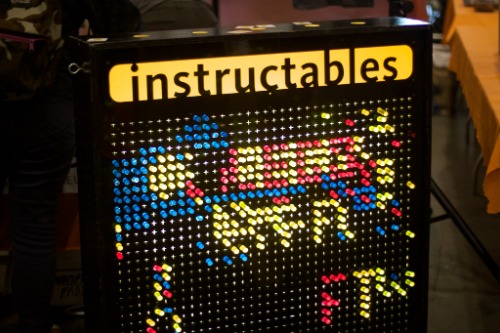
The thrill of pushing those tiny plastic pegs into a black grid to create a glowing picture was oddly satisfying. Lite-Brite, introduced by Hasbro in 1967, was a perfect blend of creativity and electronics for kids long before tablets existed. You’d sit in a dim room, poking colored pegs into place with the utmost precision—only to realize you were slowly building a masterpiece. The smell of warming plastic as the bulb heated up is unforgettable, in a weirdly comforting way.
Eventually, Lite-Brite got modern upgrades like LED screens and apps, but the original’s charm was in its simplicity. No touchscreens, just pure tactile joy. Today’s kids might look at it and wonder why anyone would voluntarily squint at tiny holes in the dark. But for a while, Lite-Brite was the pinnacle of rainy-day entertainment.
2. Creepy Crawlers
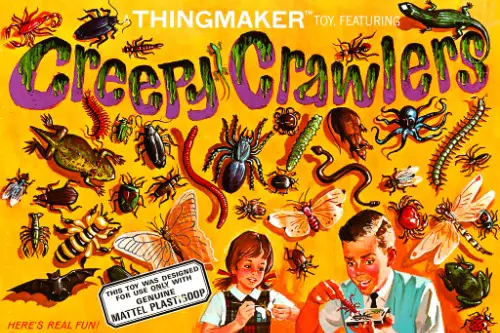
Back in the ’60s and again in the ’90s, kids could make their own rubbery bugs at home thanks to Creepy Crawlers. Using heated metal molds and a gooey substance called “Plasti-Goop,” you’d cook up centipedes, scorpions, and snakes that felt eerily lifelike. It was a little science lab for the gross and curious—dangerously hot and very cool. The toy’s distinct burnt-plastic smell practically branded itself into your childhood memory.
Eventually, safety concerns caused changes to the design and materials, dulling the excitement. The newer versions swapped out the hot plate for safer mechanisms, but also lost some of the mad scientist flair. Nothing really compares to watching a semi-toxic bug bake before your eyes. And yeah, your whole room would reek like melted vinyl for hours afterward.
3. Plastic Lunchboxes with Thermoses
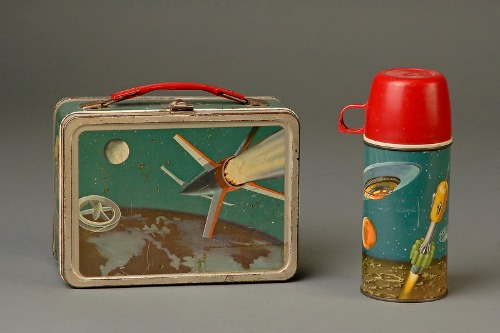
If you were a kid from the ‘70s through the ‘90s, you probably carried your PB&J in a hard plastic lunchbox featuring your favorite cartoon. From He-Man to My Little Pony to Teenage Mutant Ninja Turtles, these boxes were cultural currency. Opening them released a musty, sour-plastic aroma mixed with whatever your mom packed that day. The thermos often leaked, but it still felt essential to the whole lunchbox experience.
By the 2000s, these started getting replaced by insulated fabric versions and bento boxes. They’re more practical, sure, but lack the sheer character of those rigid boxes and their clunky metal latches. Collectors still trade and covet them for nostalgia’s sake. But for most, they now just sit on a shelf somewhere, faintly smelling like old milk and warm plastic.
4. Scratch-and-Sniff Stickers
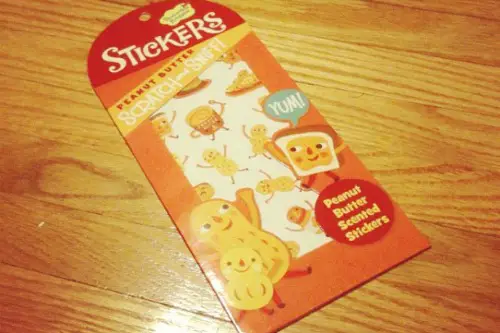
These were the original sensory overload—tiny paper circles infused with artificial smells like grape, pizza, or pencil shavings. First popularized in the late 1970s, they became a classroom currency by the ’80s. Teachers would hand them out as rewards, and kids would furiously trade them like Pokémon cards decades later. The experience was always a bit off—the smells were intense, weirdly chemical, and rarely quite like the real thing.
Still, there was something thrilling about rubbing that little sticker and getting a whiff of faux root beer. Today, they’re a novelty item, mostly forgotten unless you stumble across a dusty binder in your parents’ attic. And if you do, the scent still lingers—but with a plasticky after-smell that doesn’t quite hit the same. Scratch-and-sniff has aged into something more uncanny than delightful.
5. Fisher-Price Little People
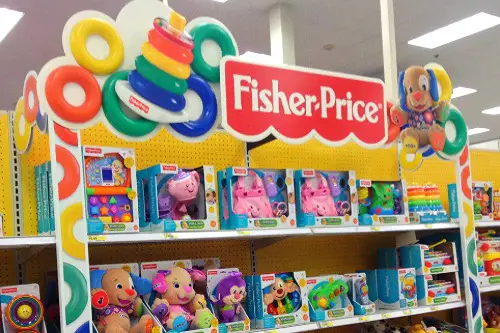
Long before choking hazards were a national obsession, Fisher-Price’s Little People were stout, round-headed figures that barely resembled humans but sparked massive imagination. Introduced in the 1950s, they hit their peak in the ‘70s and ‘80s with themed sets like the airport, castle, and farm. You could fit a dozen in your pocket and lose just as many under the couch. And oh boy, did they have a distinct smell—a combo of painted plastic and whatever gunk got in those barn doors.
Modern versions are chunkier and safer, but less charmingly odd. The vintage ones have become collector items, often missing noses or half their paint. For a generation, they were the perfect companions for makeshift adventures across living room carpets. Now, they’re more likely to sit behind glass than ride the plastic school bus.
6. Mr. Potato Head
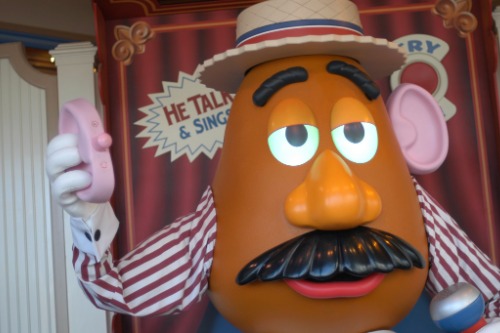
Mr. Potato Head was one of the first toys to let kids “build” something out of a character. Originally released in 1952 with just facial parts and no actual potato, it required kids to stick pieces into real produce (seriously). By the time plastic bodies arrived in the 1960s, the toy had become a staple of American childhood. Every lost mustache or mismatched eye was part of the fun—and the toy bin always reeked slightly of synthetic rubber.
It got a major brand reboot after Toy Story in 1995, turning the character into a movie star. But in recent years, Mr. Potato Head has been updated for inclusivity and sustainability, losing some of his bulky, squeaky-plastic charm. He still exists, but feels more like a relic of the analog toy era. And yep, you can still smell him if you try hard enough.
7. The Easy-Bake Oven
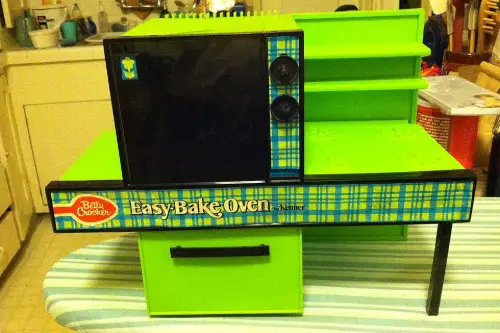
Cooking under a 100-watt lightbulb was the ultimate power trip for a kid. Launched in 1963, the Easy-Bake Oven gave kids the thrill of baking tiny cakes and cookies with their own two hands—and a whole lot of patience. The result was usually a slightly undercooked, plastic-scented treat that tasted better for the effort it took to make. That smell of warm plastic and weird chocolate mix? Iconic.
Later models swapped out the lightbulb for a real heating element, which made them more efficient but somehow less magical. There was something delightfully ridiculous about baking a cupcake using the same bulb in your desk lamp. The whole process felt like a ritual—mix, pour, wait, sniff. And if you got burned (which happened often), it was basically a rite of passage.
8. Action Figures with “Real” Smells
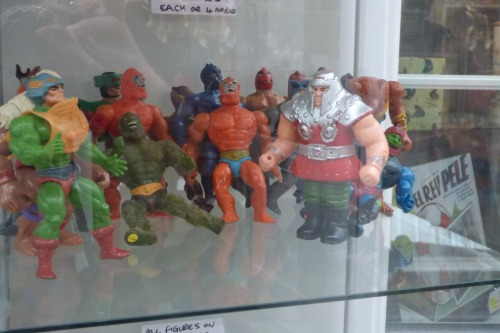
A few toy lines really went for broke with “immersive” scents. The Stinkor action figure from the Masters of the Universe line literally stank—his smell was added intentionally to mimic a skunk. He was made with patchouli oil, of all things, which clung to the plastic like a curse. Opening a toy chest with him inside was like getting hit with a wall of fake nature and regret.
Other figures had “battle-damaged” parts or smelled faintly of paint thinner or rubber. The scent wasn’t always on purpose, but it was definitely part of the experience. If you owned these, you knew which toys to avoid sniffing too close. Now they just smell like deteriorating vinyl, but in a way, that’s still part of their weird, grungy charm.
9. Barbie Dreamhouse
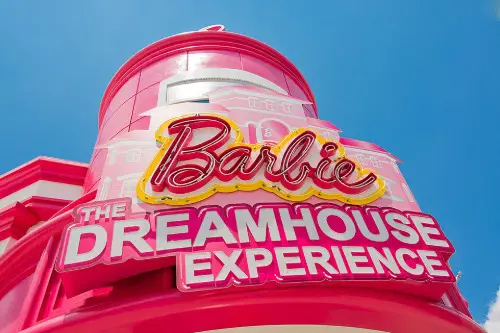
Every kid who loved Barbie either dreamed of or owned the Dreamhouse. Since its debut in 1962, it evolved from cardboard to full-on molded plastic mansions. By the ‘80s and ‘90s, these houses had elevators, pink kitchens, and furniture that all smelled like freshly unboxed vinyl. You knew it was new because it smelled like a plastic factory.
The Dreamhouse has been reimagined many times, especially in tandem with Barbie movies and now the 2023 film, but it’s never quite shed its scent. It’s the olfactory equivalent of bright pink and high heels. That smell of plastic curtains and stickered furniture still lingers in basements across America. If nostalgia had a scent, this would be it.
10. Play-Doh
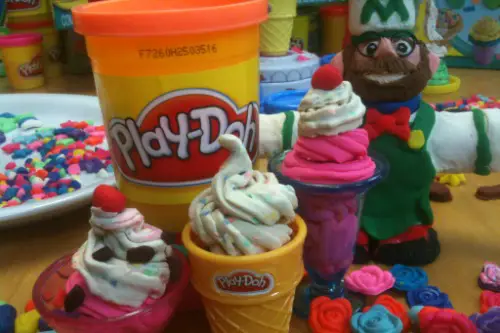
Play-Doh is one of the few toys where the smell was actually part of the brand. Originally developed as wallpaper cleaner in the 1930s, it became a toy in the 1950s and quickly won kids over. The scent is a patented mix of vanilla, salt, and wheat—and is so iconic, Hasbro trademarked it in 2018. That smell is basically childhood in a can.
Even after hours of mushing and mixing it into muddy brown blobs, the scent stuck to your hands and table. Over time, the compound dries out and starts smelling more like flour paste than fun. But one whiff from a new tub can instantly take you back. That’s rare for a toy that’s technically edible but universally avoided as food.
11. Moon Shoes
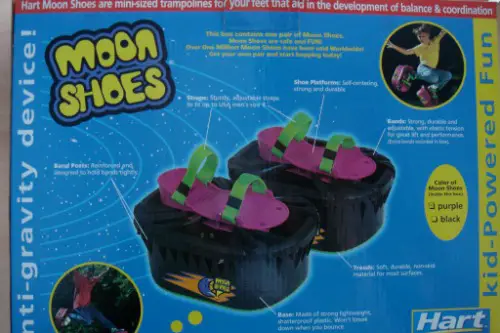
Marketed as mini trampolines for your feet, Moon Shoes exploded in popularity during the 1990s. Made of heavy-duty plastic with rubber bands to give you bounce, they were clunky, awkward, and totally irresistible. Slipping your feet in made you feel like an astronaut—until you twisted an ankle. And yes, the rubber-and-plastic scent was overpowering the second you opened the box.
They were loud, they barely worked, and they made you look like a malfunctioning kangaroo. But they were also emblematic of a time when toys were more about experience than outcome. Today, Moon Shoes are mostly seen in “remember these?” YouTube videos. And the smell? Still kind of awesome.
12. Water Wigglies

These slippery, tubular toys were part fidget device, part visual gag. Introduced in the late ’80s and peaking in the ’90s, they were impossible to hold onto for more than three seconds. Filled with water and glitter or little floating toys, they slipped through your hands in a strangely addictive cycle. And they always smelled like something you shouldn’t put near your face.
They inevitably popped, leaked, or got punctured—then quickly disappeared from your toy rotation. But for a few glorious months, they were pure playground gold. They felt gross, fun, and slightly forbidden. Like many childhood toys, they were messy and smelled like vinyl and regret.
13. Polly Pocket
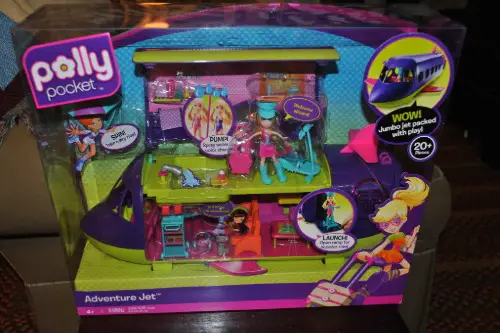
Polly Pocket sets were tiny clamshell worlds you could fit in your palm. First introduced in 1989, these pocket-sized playsets opened to reveal entire miniature homes, castles, or amusement parks. The tiny rubber figures had an odd chemical smell that clung to the plastic and never really faded. But it was also part of the magic—these were toys you could sneak into your backpack or play with under the covers.
Eventually, Polly got a makeover and scaled up in size, losing some of her pocket appeal. The newer versions are bigger, brighter, and more detailed—but not as uniquely charming. Those old sets are now collector’s items, with fans reminiscing about that squishy-plastic smell. It’s a scent that instantly transports you back to a world no bigger than your hand.
This post 13 Things That Defined Childhood in America—Now They Mostly Just Smell Like Plastic was first published on American Charm.


